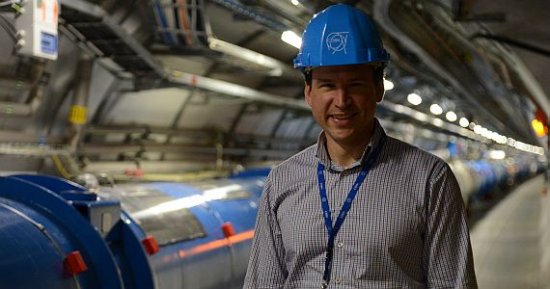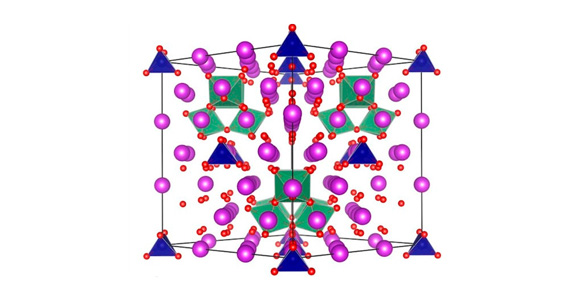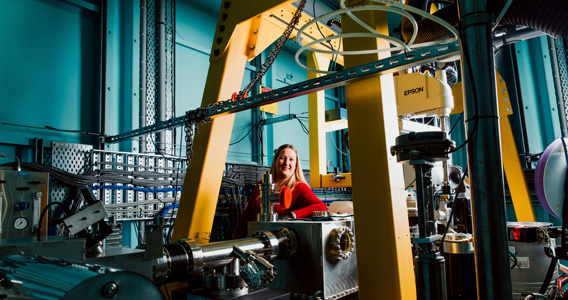Almost 50 years ago Englert and Higgs independently came up with the concept that a new type of particle – at the time not yet observed – could help explain why all the other particles have mass.
In July 2012, the world’s biggest particle accelerator, the Large Hadron Collider (LHC) at CERN in Geneva, announced that two of its experiments – the CMS and ATLAS particle detectors – had found evidence of the Higgs boson. For the world of physics, this was one of the most highly challenging and anticipated experiments in particle physics that the research community had ever undertaken.
The Australian Synchrotron is being used to develop new technologies and techniques needed to generate more intense and more energetic beams in the LHC.
 ‘This work draws on the internationally-acknowledged expertise of our Accelerator Science team, who broke the world record for generating the ‘smallest, brightest, most intense electron beam in 2011’’, explained Dr Mark Boland, Principal Accelerator Scientist, at the Australian Synchrotron.
‘This work draws on the internationally-acknowledged expertise of our Accelerator Science team, who broke the world record for generating the ‘smallest, brightest, most intense electron beam in 2011’’, explained Dr Mark Boland, Principal Accelerator Scientist, at the Australian Synchrotron.
‘To give you an idea how small, the beam measured only one billionth the width of a human hair,’ says Dr Boland.
‘We’re also working together with CERN to make more precise measurements of the beams in the LHC to enable it to go to higher intensity and higher energy to try and find other Higgs particles that may exists. Our research with CERN is also contributing to the development of more intense and compact x-ray beams for synchrotron facilities and future linear colliders.’
Photo above: accelerator scientist Mark Boland (AS) in the LHC tunnel in July 2013.
Through the Australian Collaboration for Accelerator Science (ACAS), CERN representatives Director General Rolf Heuer, and physicist Dr Ralph Steinhagen, visited the Synchrotron in June 2012 to work with researchers on studies aimed at increasing the precision of measurements and control of particle beams. Dr Steinhagen will return in 2014 to conduct further experiments with ACAS using the light generated at the Australian Synchrotron to test a new technology that will detect unwanted beam movements on the scale of nanometres before it becomes a problem in the LHC. When the LHC is operating at full design energy and intensity it will have as much as 350 Mega Joules of beam energy.
The outstanding capabilities of the Australian Synchrotron’s Accelerator Science team have also been acknowledged by the SLAC National Accelerator Laboratory in California, which has recently signed a memorandum of understanding with the Australian Synchrotron for collaborating on accelerator and photon science research. SLAC has been a key contributor to the LHC at CERN, and created the world’s first x-ray Free Electron Laser. Australian scientist have already used this new 4th generation light source and ACAS physicists are working on a cost effective design with CERN that could make it possible for Australia to build their own Free Electron Laser in the future.











